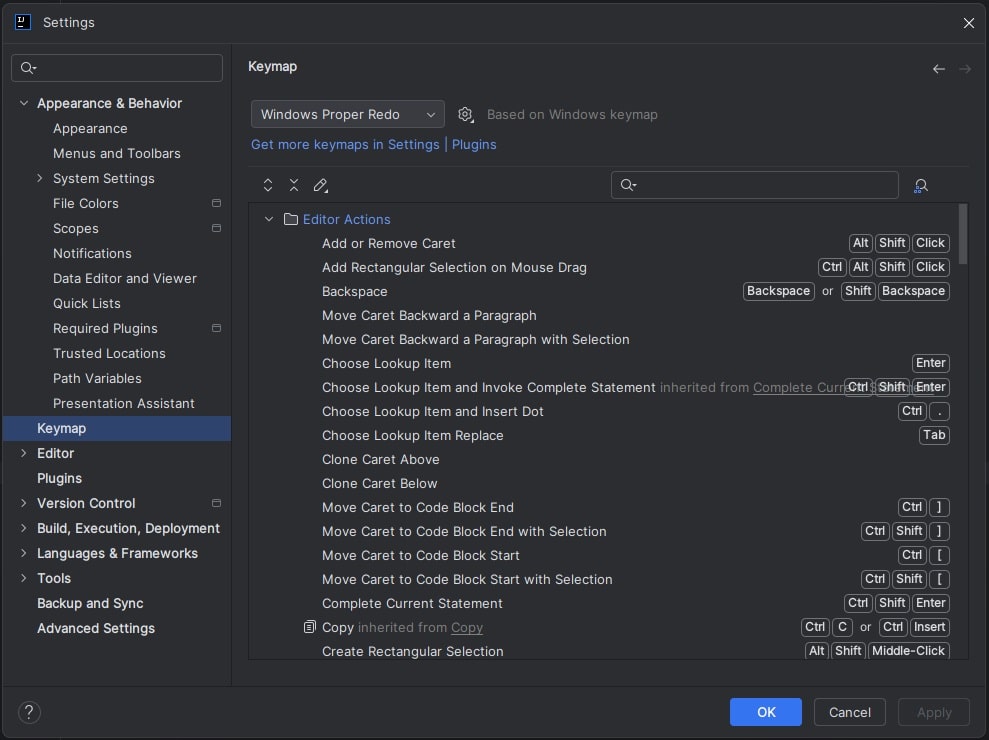If you’ve been using IntelliJ IDEA Community Edition for a while, you’ve probably realized how powerful it is. But here’s the secret: the real productivity boost comes from mastering IntelliJ IDEA shortcuts. Instead of reaching for the mouse every few seconds, you can fly through your codebase with just your keyboard.

In this post, I’ve shown the 10 best IntelliJ keyboard shortcuts every Java developer should know, with practical examples, use cases, and a few customization tips. Whether you’re debugging, refactoring, or just navigating, these shortcuts will save you precious seconds (which add up to hours over time).
New to IntelliJ IDEA? Check out my beginner-friendly guide first: How to Download and Install IntelliJ IDEA Community Edition on Windows
Table of Contents
1. Search Everywhere (Shift + Shift :double-tap shift key)
What it does: Opens a universal search box to find classes, files, symbols, actions, or settings.
Use case: Can’t remember where a class lives? Or want to quickly open project settings? Just double-tap Shift.

2. Navigate to Class/File (Ctrl + N / Ctrl + Shift + N)
Ctrl + N: Jump to a class.Ctrl + Shift + N: Jump to any file.
Use case: Instead of clicking through package trees, type a few letters and open the file instantly.

3. Run Your Code (Shift + F10)
What it does: Runs the last executed run/debug configuration.
Use case: Perfect when you’re tweaking your Java Application program and need to run it multiple times.

4. Debug Your Code (Shift + F9)
What it does: Starts the debugger with the last configuration.
Use case: When you’re troubleshooting a NullPointerException, run your code in debug mode and step through it.

5. Smart Code Completion (Ctrl + Shift + Space)
What it does: Suggests the most relevant code completions based on context.
Use case: Writing a method that expects a String? IntelliJ IDEA will filter suggestions accordingly.

6. Refactor This (Ctrl + Alt + Shift + T)
What it does: Opens the refactor menu with options like Rename, Extract Method, and Change Signature.
Use case: Renaming a variable across multiple files? Don’t do it manually; refactor safely with this shortcut.

7. Navigate Back and Forward (Ctrl + Alt + Left/Right)
What it does: Let’s you move through your navigation history.
Use case: Jumping between a method definition and its caller without losing your place.
8. Find Usages (Alt + F7)
What it does: Finds where a class, method, or variable is used across the codebase.
Use case: Want to know where a method is being called before making changes? Use this shortcut.

9. Show Recent Files (Ctrl + E)
What it does: Displays a pop-up of recently opened files.
Use case: Quickly switch between test classes and implementation files.

10. Show Intention Actions (Alt + Enter)
What it does: Shows quick fixes or context-aware actions (e.g., add missing imports, implement methods).
Use case: IntelliJ underlines an error? Hit Alt + Enter for a one-click fix.

Bonus Tip: Customize Your Shortcuts
Every developer has a unique workflow. IntelliJ allows you to:
- Go to File > Settings > Keymap.
- Search for any action and assign a custom shortcut.
Tip: If you’re switching from Eclipse or VS Code, IntelliJ even lets you import their keymaps for familiarity.

Conclusion
Mastering these IntelliJ IDEA shortcuts can dramatically improve your Java developer productivity. The less you touch the mouse, the more you stay in flow.
Remember:
- Start with 2–3 shortcuts, practice them until they’re muscle memory.
- Gradually add more to your toolkit.
- Explore IntelliJ’s Help > Keymap Reference for a printable PDF of all shortcuts.
With time, you’ll not only code faster but also feel more confident navigating and refactoring within IntelliJ Community Edition.
New to IntelliJ IDEA? Check out my beginner-friendly guide first: How to Download and Install IntelliJ IDEA Community Edition on Windows
